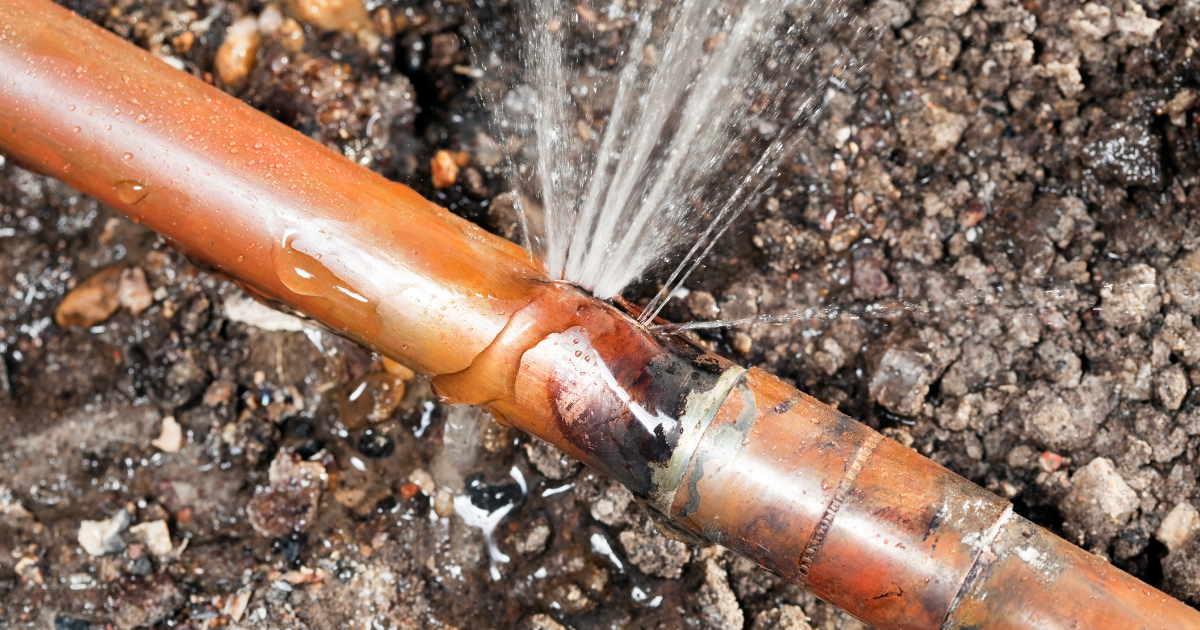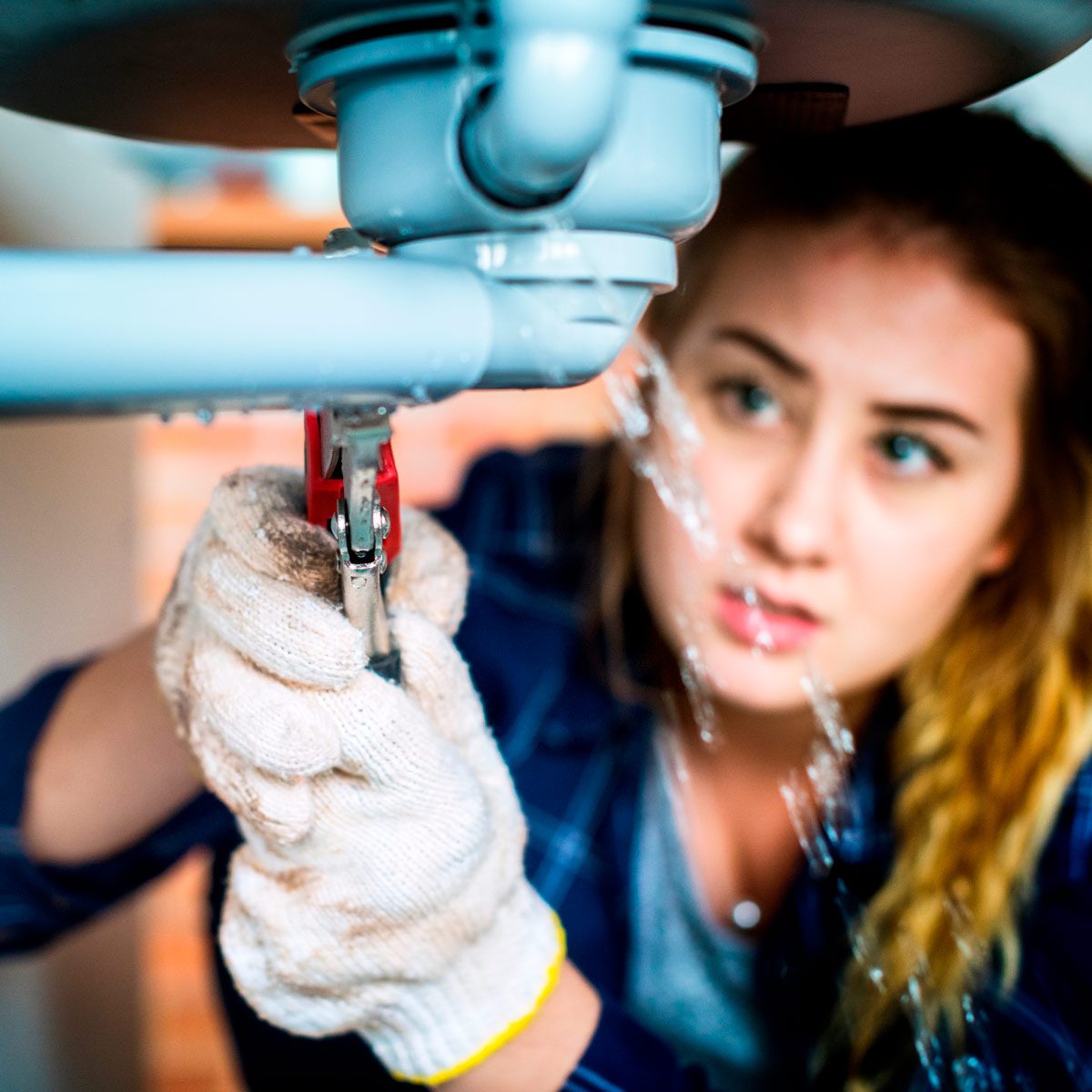Practical Methods to Guard Your Plumbing and Avoid Freezing in Frigid Conditions
Practical Methods to Guard Your Plumbing and Avoid Freezing in Frigid Conditions
Blog Article
They are making a few good pointers about Winterizing Your Pipes as a whole in the content just below.

All house owners that reside in warm environments should do their finest to winterize their pipelines. It is something you have to do throughout autumn prior to deep winter truly starts. Failure to do so can lead to catastrophe like icy, cracked, or ruptured pipes. If the climate outside is frightful, below are some helpful winterizing hacks to keep your plumbing system safeguarded even.
Turn On the Faucets
When the temperature declines and also it seems as if the icy temperature level will last, it will aid to turn on your water both inside as well as outdoors. This will maintain the water streaming via your plumbing systems. You'll finish up throwing away gallons of water this way.
Open Up Closet Doors Hiding Plumbing
When it's cold outside, it would certainly be helpful to open up closet doors that are masking your pipes. Doing this little technique can maintain your pipelines cozy and also restrict the potentially dangerous outcomes of freezing temperature levels.
Require Time to Wrap Exposed Pipeline
One nifty and simple hack to heat up cold pipelines is to cover them with cozy towels. You can also use pre-soaked towels in hot water, just do not fail to remember to wear protective handwear covers to safeguard your hands from the warm.
Try a Hair Clothes Dryer or Warm Gun
When your pipelines are practically freezing, your dependable hair clothes dryer or heat gun is a godsend. If the hot towels do not aid remove any kind of settling ice in your pipelines, bowling hot air directly into them might help. You might end up destructive your pipes while trying to thaw the ice.
Shut Off Water When Pipelines are Frozen
If you discover that your pipelines are totally frozen or almost nearing that phase, transform off the primary water shutoff instantly. You will typically find this in your cellar or utility room near the heating system or the front wall closest to the street. Transform it off today to stop more damages.
Do not fail to remember to close exterior water resources, also, such as your connection for the yard residence. Doing this will certainly prevent extra water from filling your plumbing system. With more water, even more ice will pile up, which will eventually lead to burst pipes. It is best to call a specialist plumber for an examination if you are not sure concerning the state of your pipelines this winter season. Taking this proactive method can conserve you countless bucks out of commission.
All house owners that live in pleasant environments must do their ideal to winterize their pipelines. Failing to do so can mean calamity like icy, fractured, or burst pipelines. If the warm towels do not assist displace any type of settling ice in your pipelines, bowling warm air directly into them might aid. Transform off the primary water shutoff instantly if you notice that your pipelines are totally frozen or nearly nearing that phase. With more water, more ice will stack up, which will at some point lead to break pipelines.
PREVENT YOUR PIPES FROM FREEZING THIS WINTER
A Leading Cause of Property Damage
When the weather is taking a deep nose dive into the cold dreary days, the risk of your pipes freezing and potentially bursting skyrockets. Unfortunately, during these cold dreary months, burst pipes are the most common denominator for property damage. The pipes that are most at the risk are those that are in areas where it is most cold in your home. For instance, pipes located in interior places such as basements, attics, and your garage. Unfortunately, that doesn’t mean that the pipes running through your cabinets or exterior walls can’t freeze. Good news, however, is that you can do things to help prevent pipes from freezing.
How to Prevent Pipes From Freezing
Once the temperature starts to drop during the winter, you should be taking the proper measures needed to ensure that your pipes stay warm and that there is circulation of water through them. Some steps that experts may recommend could go against your better judgement when it comes to saving water and heat. However, it would go without saying that when expenses are compared, damaged pipes could put a bigger dent in your wallet than a water bill.
What Can I Do?
Keep your garage door closed. This is very important, especially if you have water supply lines running through your garage. Open your kitchen and bathroom cabinets to allow warm air to circulate through them. Allow air circulation throughout your home. Keeping the interior doors open will once again allow the warm air to circulate inside your home. Ensure your thermostat is running the same temperature throughout the night and day. If you plan to be away from home during the cold months, set your temperature no lower than 55° F. This should provide enough heat to keep the pipes warm and prevent any remaining water inside the pipes from freezing. For more of a long-term solution, add insulation to attics, basement, and other crawl spaces around your home. By allowing your faucet to drip, it will alleviate pressure in the system. This is important because the pressure that is created between the blockage and the faucet can potentially cause the pipes to burst. Allowing the faucet to drip will prevent the pressure from building up, therefore keeping the pipes from bursting. Seal any cracks, openings, and crawl spaces around your home to prevent cold air from coming inside. This keeps your pipes-not to mention your home-warmer and less susceptible to issues caused by freezing temperatures. For the pipes in your home that are easily accessible, applying electrical tape to them might prevent them from freezing over. This is a quick fix, as you can apply the tape directly to the pipe. There are two options for heating tapes. One turns on and off by itself when it senses heat is needed. The other type of heating tape needs to be applied when heat is needed and removed when not necessary. If you have exposed pipes in your home, you can check this website to take a look at a few options that would be available at a shop near you.

As a devoted person who reads on Winterizing Your Pipes, I was thinking sharing that segment was worth the trouble. Loved our write up? Please share it. Help another person find it. I appreciate reading our article about How to stop pipes from freezing during the winter.
Drips? Dial fast! Report this page